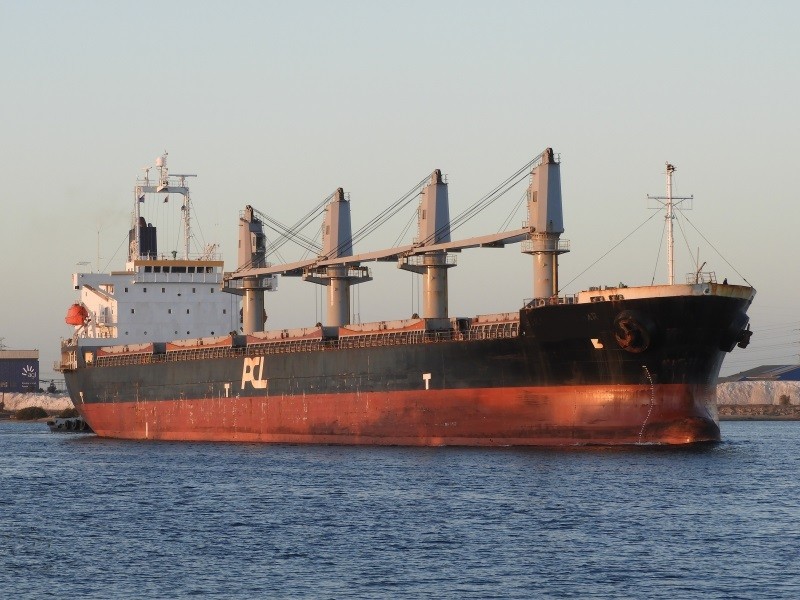As the world emerged from the first wave of COVID-19, the future of trade looks bleak. The International Monetary Fund (IMF) says global GDP growth wi

The international shipping sector has largely been resilient to the COVID-19 pandemic, claim market observers. However, the succeeding economic downturn and difficult operating conditions present a unique set of challenges.
Even as the world emerged from the first wave of COVID-19, the future of trade looks bleak. The International Monetary Fund (IMF) says global GDP growth will drop sharply in 2020, while the World Trade Organization (WTO) expects world trade to fall by between 13% and 32% in 2020.
A partial recovery is expected in 2021, albeit this depends on the duration of the pandemic and the effectiveness of policy responses of national governments.
The pandemic is increasingly affecting global maritime trade that was slowing in the recent past, weighed down by trade tensions and weakening economic growth. The WTO Goods Trade Barometer showed a sharp shrinkage in the 2nd quarter of 2020, falling to its lowest value on record. The biggest falls were in automotive products and container shipping, reflecting weak demand for goods as well as supply-side constraints.
According to market studies, the first half of 2020 could see a 25% fall in shipping traffic, with a 10% drop for the year overall. Many of the world’s largest ports have reported reductions in volumes while AP Moller - Maersk, the world’s largest container shipping company, claims container volumes are expected to be 25% lower in the 2nd quarter of 2020.
The pandemic has brought about unimaginable changes for cargo transportation sector, impacting shippers, air freight and transport companies across the world. Although cargo transportation is widely recognized as an essential activity, a number of cargo handling companies shut down operations during the outbreak while ports have been operating under severe restrictions.
We list out some the major areas that the global shipping industry is expected to face in the next 6 months.
Observers claim that delays in movement or offloading cargoes that are perishable or temperature-sensitive goods is likely increase conflicts between cargo owners and shipowners. Damaged cargoes is one of the most frequent causes of insurance industry claims and conflicts in the shipping industry, accounting for almost one-fifth of the claims.
This pandemic has reduced the involvement of human assistance increasing the risk environment especially around high value and temperature-sensitive cargoes, say experts.
Additionally, shipowners also are at risk of delays and damage to machinery as the pandemic hinders necessary maintenance and servicing. Also disruption in supply of spare parts and essential consumables like lube-oil and hydraulic oils can delay scheduled maintenance or result in crews using alternative grades or brands that might cause damage to ship’s engines.
On top of these, the introduction of the cap on sulphur emissions under International Maritime Organisation (IMO) 2020, many ships have switched to using blended low-sulphur fuels that needs analysis before use in order to avoid engine damage and machinery breakdown. But with coronavirus restrictions this may not be possible to send fuel oil samples for analysis by shore-based laboratories.
The impact of the pandemic is being felt severely in the cruise industry. Cruise shipping generates over US$150bn annually in its global business and supports over one million jobs worldwide.
However, since the pandemic began it has effectively gone into hibernation. Before the outbreak, the industry had enjoyed impressive growth, with some 32 million passengers forecast to sail on cruise ships worldwide in 2020, up from 30 million in 2019. But COVID-19 outbreaks on board a number of cruise ships, travel restrictions, port closures and a ‘no-sail order’ from the US Centers for Disease Control (CDC) in March 14 put the industry on hold. Cruise operators now face an uncertain future with vessels laid-up and questions over how they can operate during the pandemic.
